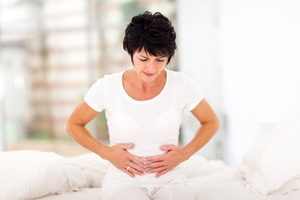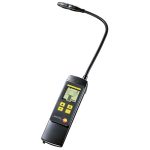Sydneysiders are facing an epidemic of salmonellosis, a potentially deadly form of gastroenteritis typically caused by undercooked poultry or egg products.
Last week (June 16), The Daily Telegraph detailed a new NSW OzFoodNet report that revealed the rate of confirmed salmonellosis cases is up by 13 per cent in the NSW capital.
Although it is unclear exactly what is causing this sudden increase in food poisoning, the NSW OzFoodNet report has suggested it may be the result of unseasonably hot and dry weather that occurred in September 2013.
However, it’s not just Sydney that is grappling with dodgy chicken and poorly prepared egg dishes. NSW Ministry of Health Director of Communicable Diseases Dr Vicky Sheppeard told The Daily Telegraph that there has been “an Australia-wide trend of an increase in salmonellosis” over the last year.
“NSW Health will continue to work with the NSW Food Authority to educate families and food businesses about safe food handling practice, particularly refrigeration, hand washing, and avoiding cross-contamination,” said Ms Sheppeard.
Identifying and preventing salmonellosis
According to the NSW government, individuals infected with Salmonella display symptoms including headaches, stomach cramps, diarrhoea, and vomiting. Illness typically sets in 6-72 hours after ingestion of the infected food, and symptoms can last for a week or longer.
Although anyone can contract salmonellosis, people with weak or developing immune systems, such as infants and the elderly, can be at greater risk of experiencing severe symptoms and even death.
In order to prevent salmonellosis, care must be taken to ensure food is cooked and prepared in a safe way to minimise the growth of the Salmonella bacteria.
Food handlers must wash hands regularly, particularly after going to the bathroom or touching raw food. Furthermore, any food being stored for an extended period of time should be kept either below 5 degrees Celsius or above 60 degrees Celsius.
Temperature data loggers can be used to monitor and record temperatures in food storage areas to ensure they remain within a safe range and do not become breeding grounds for dangerous bacteria.









 Reduce cooking oil costs while ensuring quality
Reduce cooking oil costs while ensuring quality Expert knowledge on CO2 monitoring
Expert knowledge on CO2 monitoring Refrigeration knowledge - in 3 modules
Refrigeration knowledge - in 3 modules



